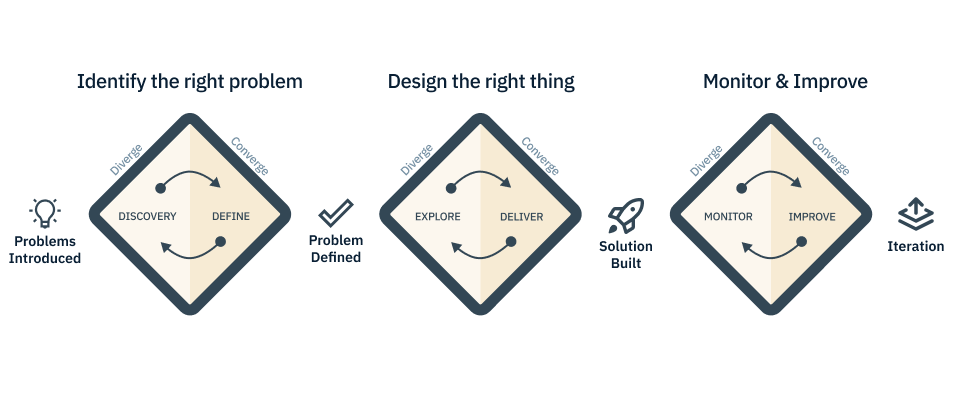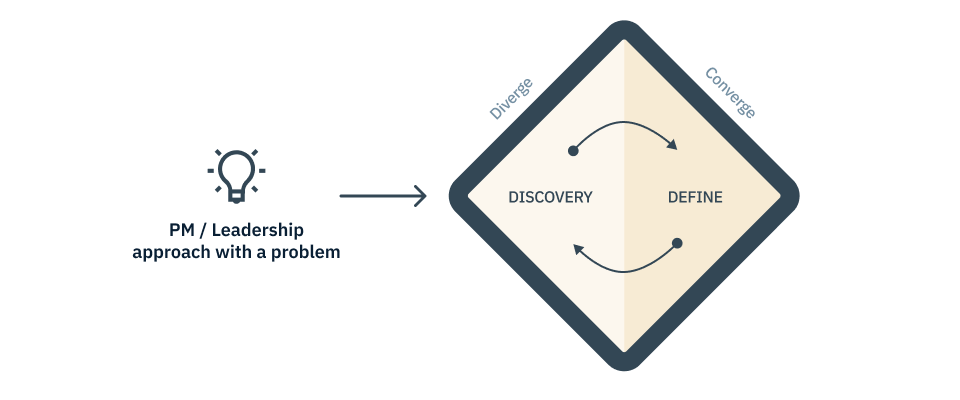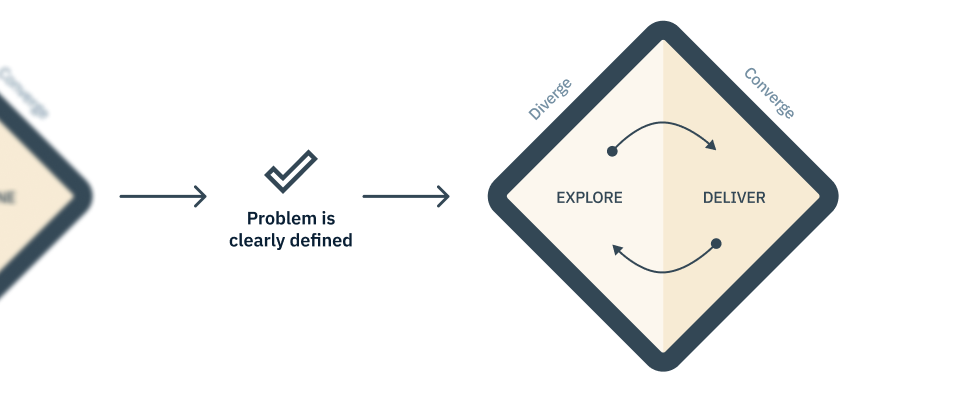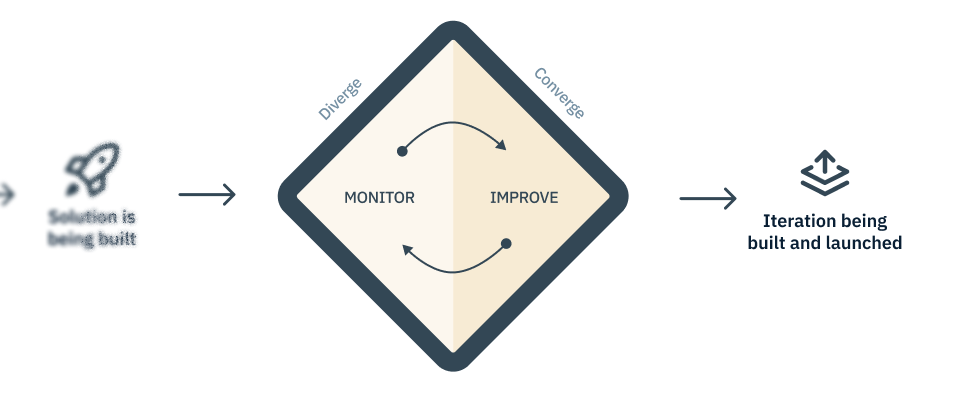Crafting Experiences: Inside My Personalized UX Design Process

In this piece, I share my UX design process, a refined approach shaped by extensive experience and collaboration. My process transforms user needs into effective design solutions, adaptable to the unique demands of each project, and drives measurable business outcomes.
Typically, this process begins when a Product Manager (PM) or someone from leadership brings a potential user issue or opportunity to my attention. These insights provide the foundation from which we build our design strategies.
They could come from:
- Close interactions with users by internal team members
- User feedback, whether as recurring pain points in our data or direct input from surveys
- Market insights or competitor analysis conducted by sales or marketing teams
- Strategic business decisions made at the leadership level
Initial Planning and Empathy
With these initial insights, I collaborate with the PM, focusing on laying out the necessary research initiatives. At this point, the user problems are typically broadly defined, requiring a deeper exploration to fully grasp their nuances.
As a designer, my first task is to empathize with our users, delving deep into their experiences and challenges to ensure that our solutions genuinely address their needs.
Guiding Framework: The Double Diamond Model
My design process is guided by a tailored version of the Double Diamond model, a visual and structured approach to design and innovation. This framework, developed by the British Design Council in 2005, emphasizes the importance of divergent and convergent thinking. It ensures a thorough, user-centered approach to both problem identification and solution development.
First Diamond: Identifying the right problem
In the first diamond, the focus is on discovering and defining the user’s problem. This phase is crucial for aligning the team on our objectives and ensuring we’re not basing our actions on assumptions. Identifying the right problem early on prevents wasted resources and results in products that truly meet user needs and align with business goals.

Taking time to “Discover” problems
This phase involves gathering detailed insights into user needs and pain points. Activities include:
- Explorative research and interviews with key stakeholders and users
- Analyzing data from user analytics tools (like Pendo, Mixpanel, or Amplitude)
- Running market and competitor research to contextualize user needs
- Documenting findings in tools such as Dovetail and Confluence to ensure transparency and accountability
“Define” the problems
Next, I transition to synthesizing the collected information to clearly articulate the user’s problem. Activities include:
- Creating service blueprints, user journey maps, and storyboards
- Highlighting the essential “jobs to be done”
- Collaborating with the PM to formulate and prioritize problem statements
- Aligning identified problems with the company’s OKRs and defining high-level success metrics
- Planning the project and timeline with the PM and relevant stakeholders
Recap: At this point, we have a clearly defined set of problems. I sit down with the PM and stakeholders to validate the problem and the desired outcomes. We finalize a problem statement backed by evidence that details the significance and impact of the problem.
The research and decisions are documented in a Confluence page, serving as the foundation when kicking off the design project.
Second Diamond: Designing the right solution
Once the problem is clearly defined, the focus shifts to conceptualizing and delivering the solution.

Exploration Phase
In this phase, the aim is to explore a broad spectrum of potential solutions. Activities include:
- Crafting “how might we” statements to guide ideation
- Brainwriting/brainstorming sessions with cross-functional teams to generate diverse ideas
- Developing sketches and laying down user flows
- Constructing wireframes and prototypes, iterating based on team feedback (PM, engineering lead, and wider design team)
- Circling back to users and stakeholders to validate ideas with prototypes
Delivery Phase
This phase converges on finalizing the solution, encompassing:
- Crafting high-fidelity UIs in alignment with brand guidelines and design systems
- Conducting collaborative reviews with the product squad, including PM, engineering leads, and the wider design team
- Writing detailed requirements with the PM, iterating between Figma designs and project management tools (like Confluence or Google Spreadsheets)
- Preparing comprehensive hand-off notes for the engineering team, including recorded walkthroughs of the design to support the hand-off
Implementation: Adaptation and Quality Assurance
After the design hand-off, I stay engaged in the process, overseeing implementation and making necessary adjustments. This includes reviewing the engineering plan, performing quality control via renders or staging, and addressing any design tweaks that arise during implementation.

“Bonus” Third Diamond: Continuous Improvement
While the project may be released, my work as a designer doesn’t end there. For projects where post-launch evaluation is key and budget allows, I incorporate a third diamond into my process: Monitor and Iterate.

Monitoring
This phase focuses on monitoring the recently launched solution to verify that it effectively addresses the problem identified earlier. Key activities include:
- Measuring project success metrics
- Observing user interactions with the new features
- Identifying areas for improvement
Iterating
The second phase of this diamond is dedicated to iterating and enhancing the newly released solution. In collaboration with the PM, we allocate time for these iterative cycles, understanding that a project is not complete until we see positive user outcomes and make necessary adjustments.
- Refining UIs based on insights from the monitoring phase
- Collaborating with the PM and engineering team for any needed re-implementation
In conclusion: A Fluid and Adaptable Process
This description encapsulates my design process, which, while structured, is inherently flexible and adaptable to the unique constraints of each project. It emphasizes empathy, collaboration, and continuous improvement, ensuring that each solution is user-centric, limits technical and design debt, and aligns with strategic business goals.
